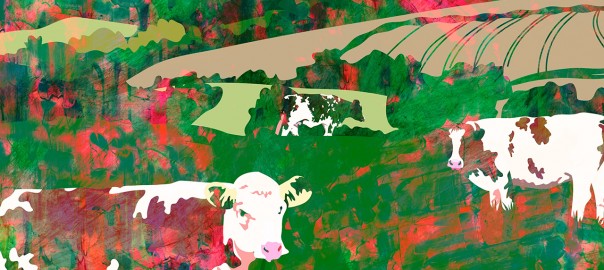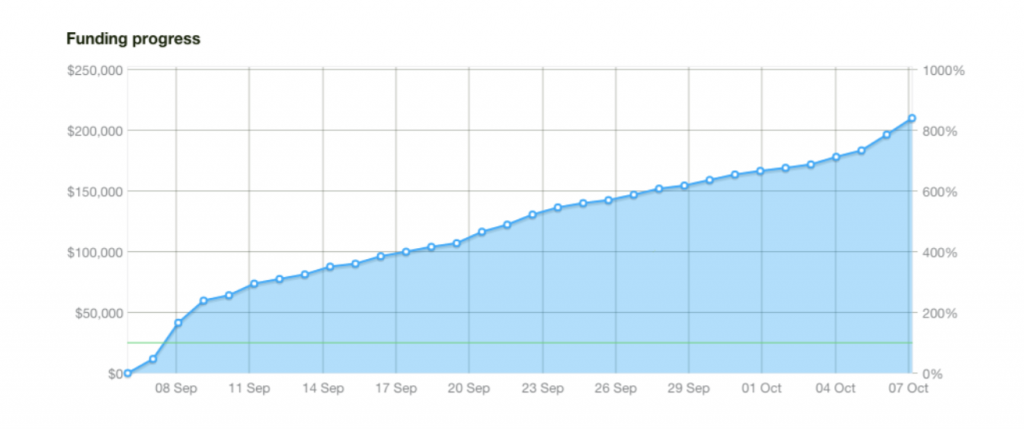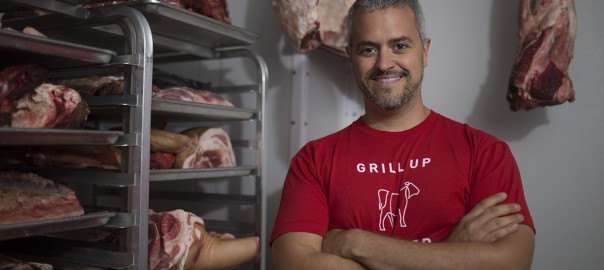Have we told you about Pam?
She is top of mind here at ButcherBox. To be honest, sometimes, she is the focus of most conversations.
In fact, at a recent meeting to discuss the content we are creating — recipe books, videos, and the like — Pam was discussed by almost every person who spoke about the projects they are developing.
That’s a pretty impressive feat for Pam seeing that she is a figment of our collective imagination.
You see “Pam” is what industry people refer to as a “customer persona.”
Businesses develop customer personas for a number of reasons. Among the reasons that companies create a non-existent person to plan around are the need to grow, in which case the persona is an ideal target customer, or the need to cultivate, to continue to support and enchant your most important customers.
Most often, customer personas are built by consumer-facing businesses, but that isn’t always the case. (For a good breakdown of how to develop a buyer persona, check out this HubSpot blog post.)
For ButcherBox, we developed a handful of different customer personas, each typifying a different customer profile; however, our primary focus at this moment is “Pam.”
To me, it’s become obvious that we are working with a niche audience, selling a niche product. The vast amount of people out there have no idea what grass-fed beef is. This topic so surrounds us in our everyday work, that we sometimes forget that there is a significant swath of the population who don’t have the same understanding of our products — not only grass-fed beef but heritage-breed pork and free-range chicken— as we do.
So we picked a user profile, “Pam,” to focus on as a way to make sure we give an easy-to-access, yet robust ButcherBox experience to both new and devoted customers. Pam is someone who has recently been awakened to the importance of eating healthy meat. She is thinking more about things like antibiotics and hormones in the food she eats and cooks for her family, as well as whether what she is eating is raised on a feedlot or has been on a pasture. She is drawn to ButcherBox because we make healthy, high-quality meat more accessible.
Pam isn’t the only customer we are building more products, offerings, and support for, but she is the one who we think most closely aligns with our own mission. It makes sense for her to be top of mind because of our shared passions. I believe this is a pretty great way to build a business.
Developing this persona has guided a lot of the marketing decisions we’ve made recently. One example of how it benefits us is that we have a better idea of who we are targeting on Facebook and other social media platforms. It isn’t so much that we are trying to onboard as many customers as possible; instead, we are trying to make those who are already part of our tribe aware that we exist.
This also impacts the influencers we want to work with and the companies we want to partner with. If it isn’t a person or a company that Pam would approve of, they are not a good match. This ensures that business decisions are very closely aligned with the beliefs of our existing customer base and those who will join.
Everyone on the team is aware of Pam and why she is a primary focus.
I’ve never gone through a persona exercise, so the whole process has been new. But from the experience thus far, it is evident how beneficial it is to have a clear understanding, across the company, of “who” we should focus on as we continue to grow.
It is also quite clear that what is good for Pam will likely be good for all of our customers.
*While this is all a bit of “How the sausage is made,” we think it is important to be transparent as we build this company for many reasons. The most important, we believe, is to help other entrepreneurs as they build their companies by sharing the lessons we are learning along the way.











